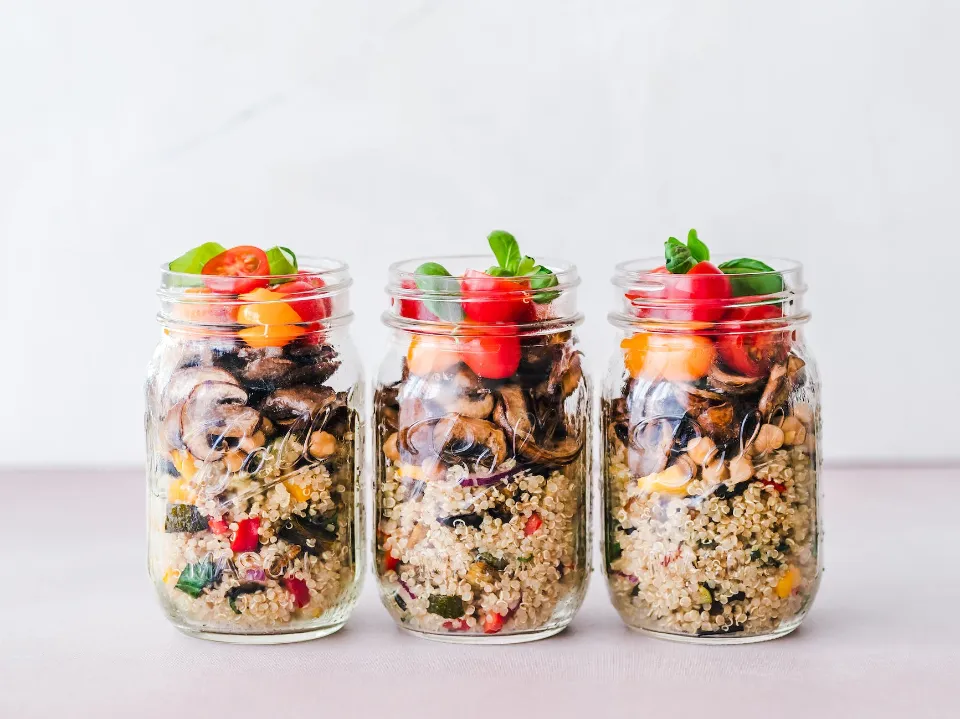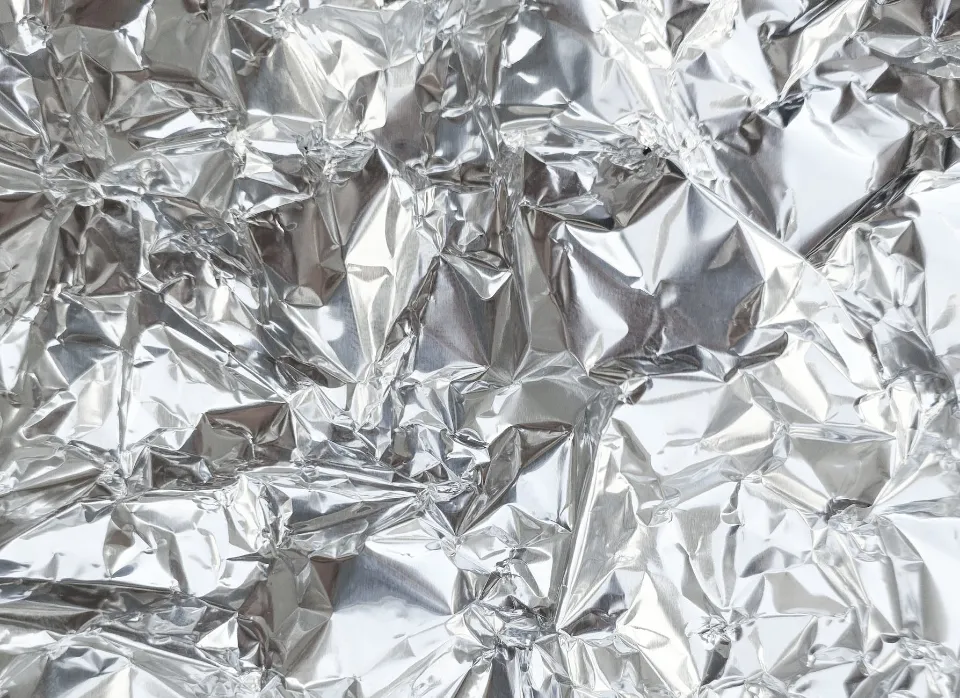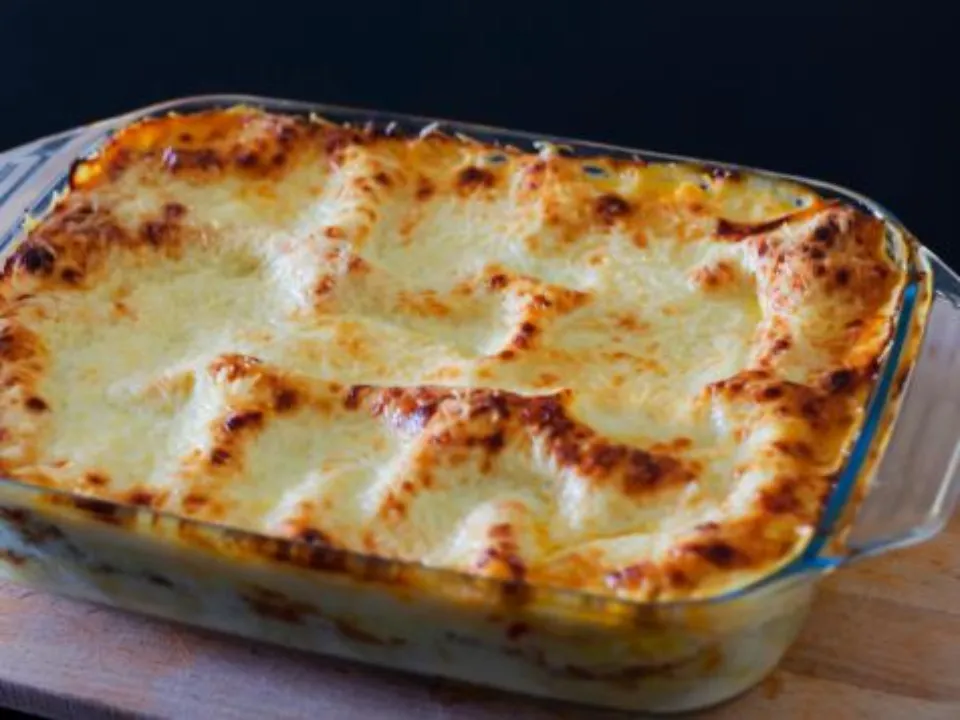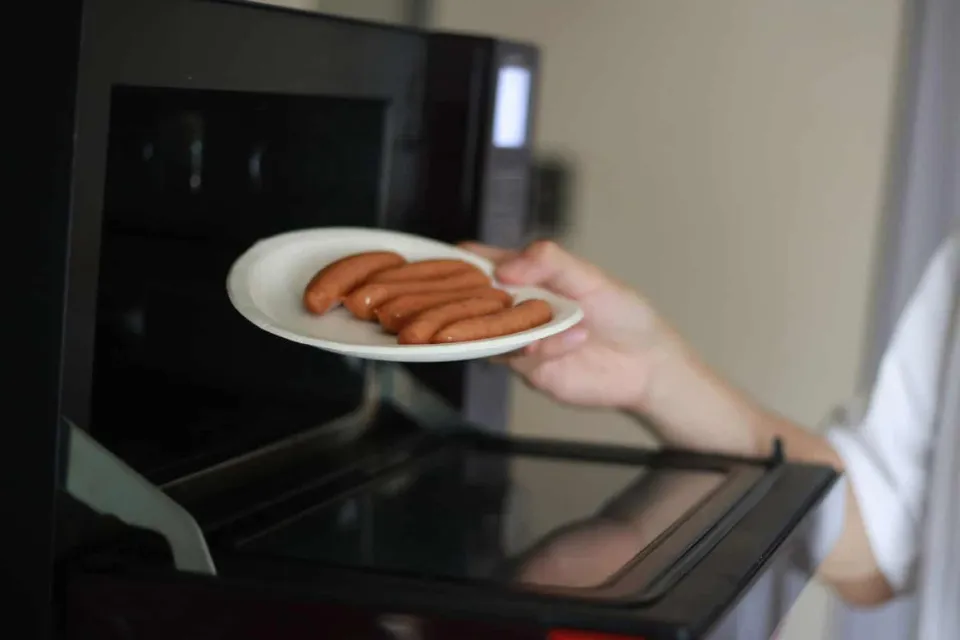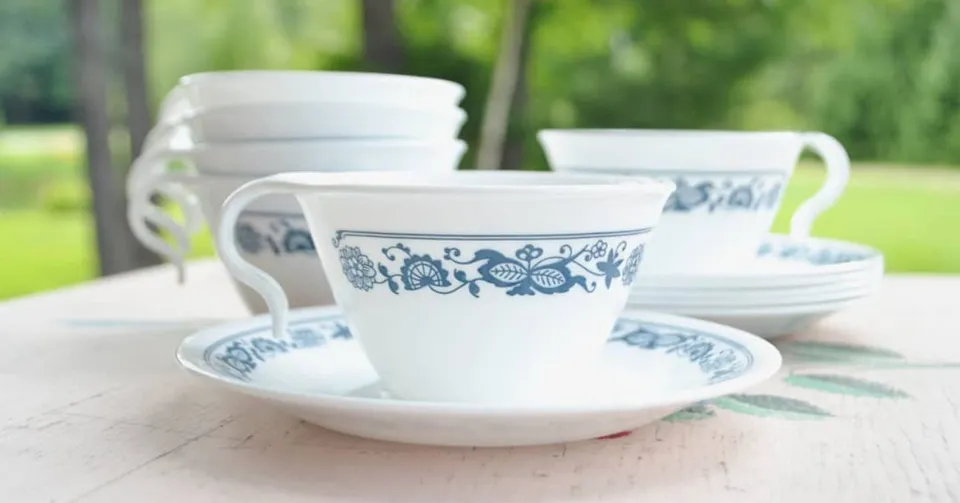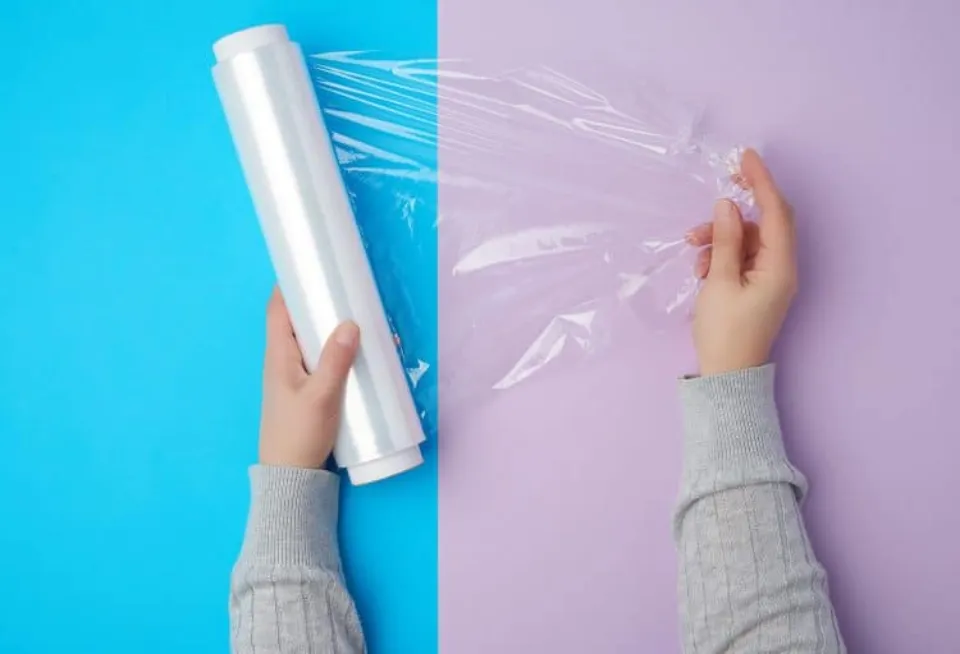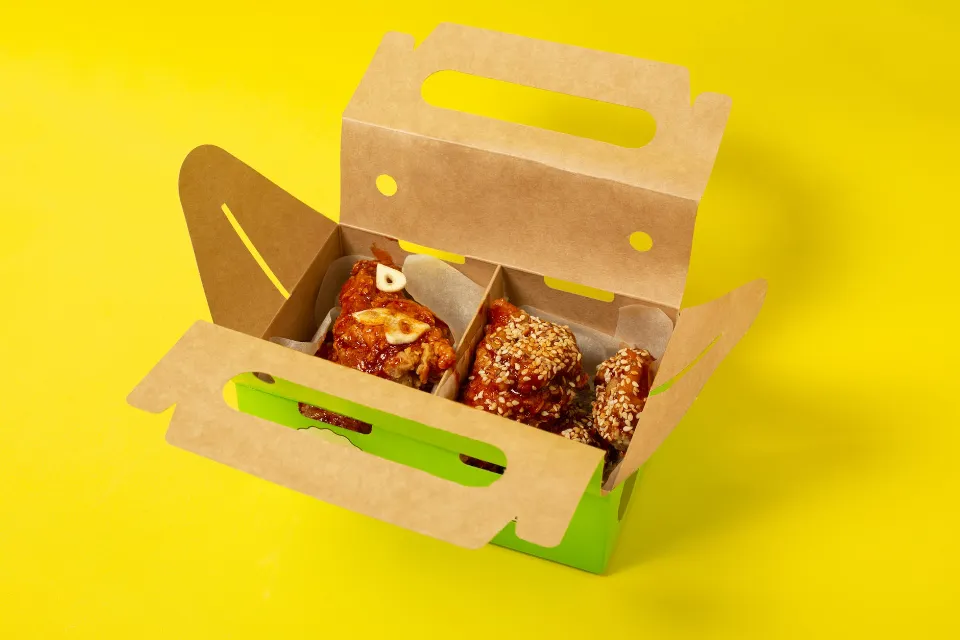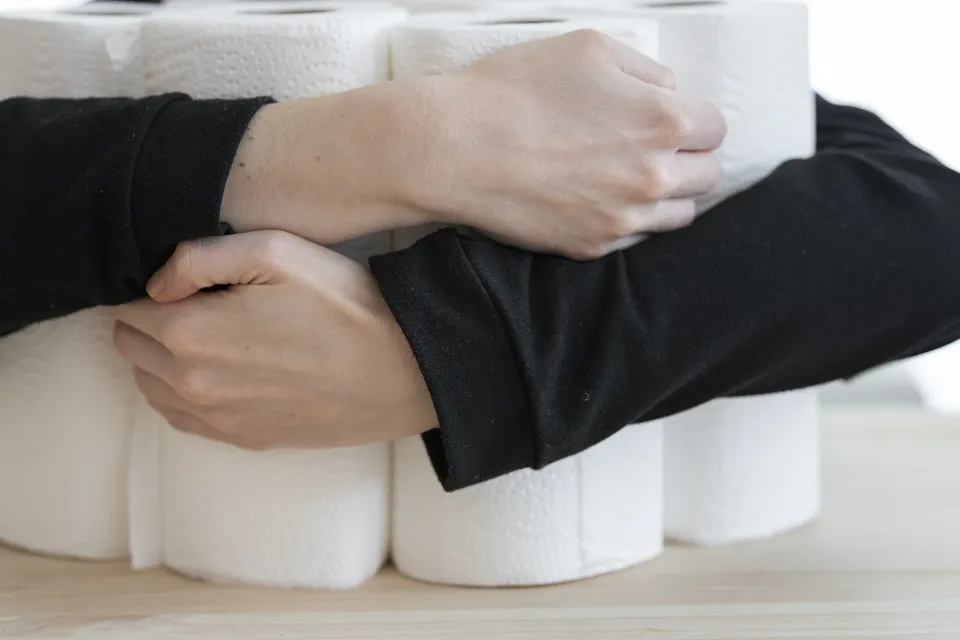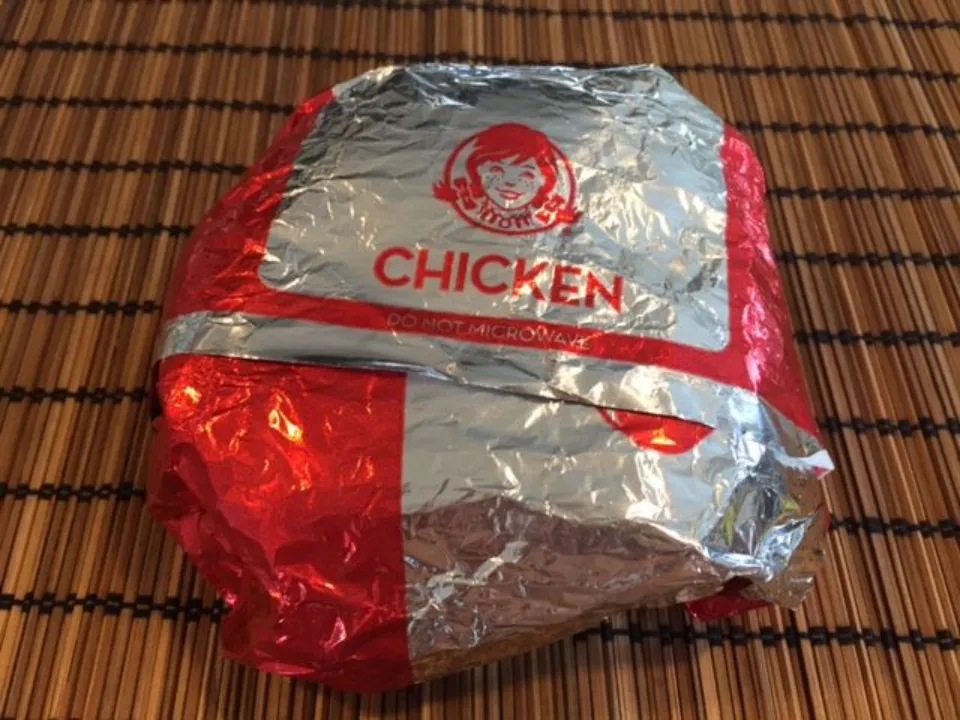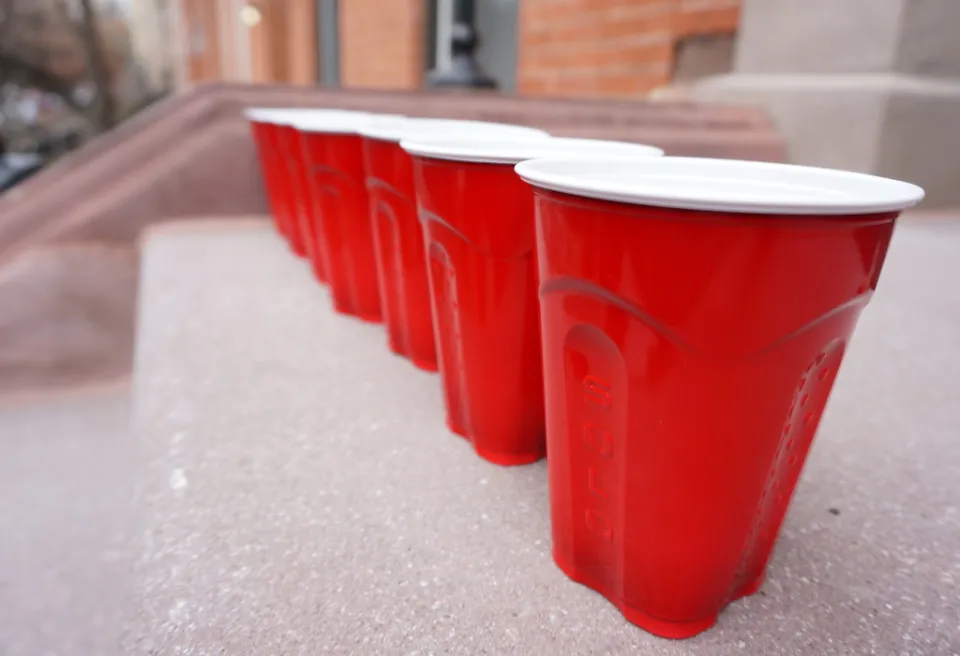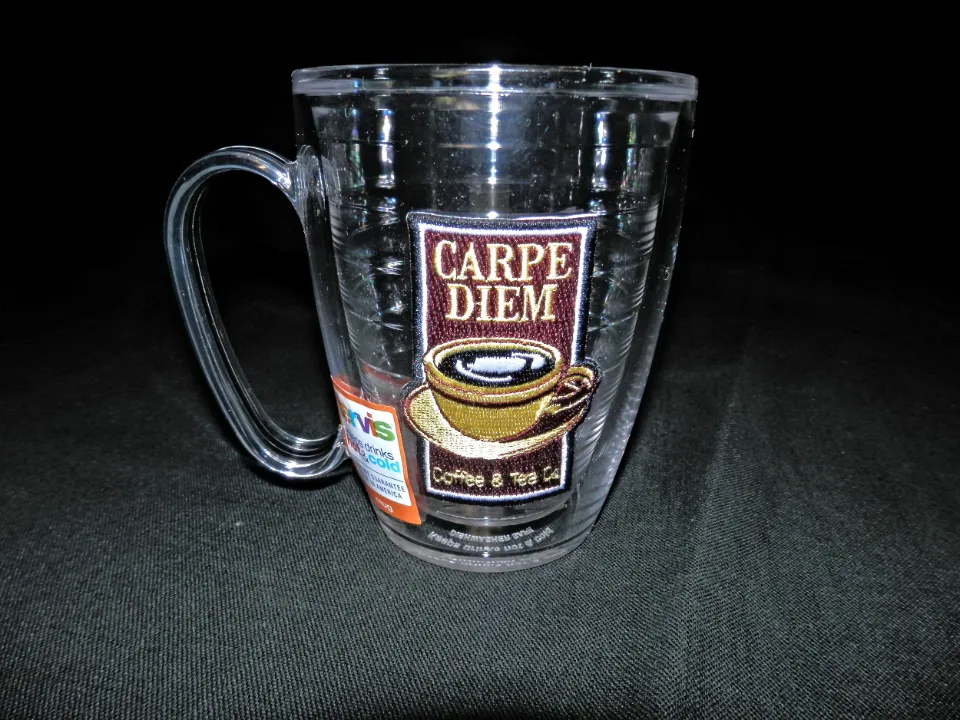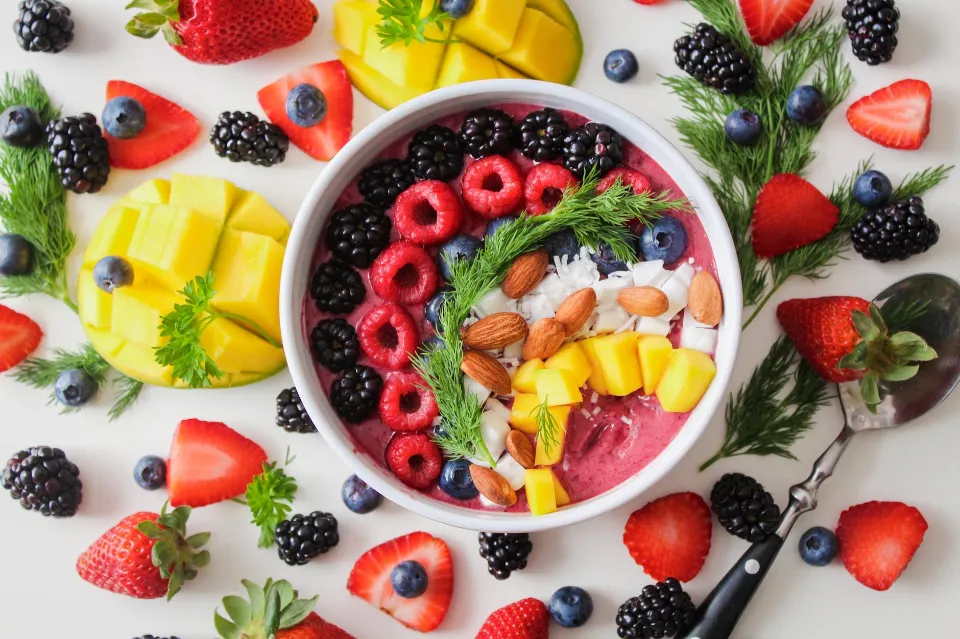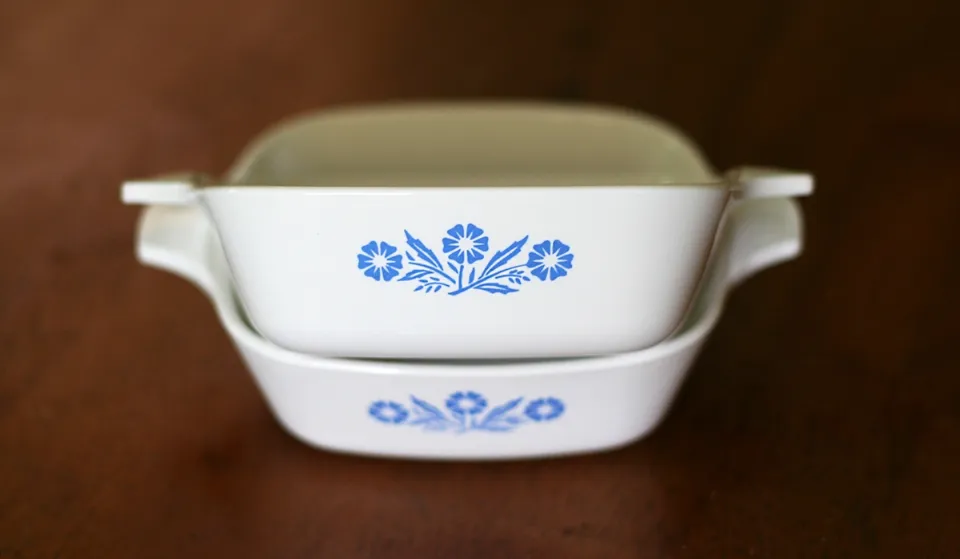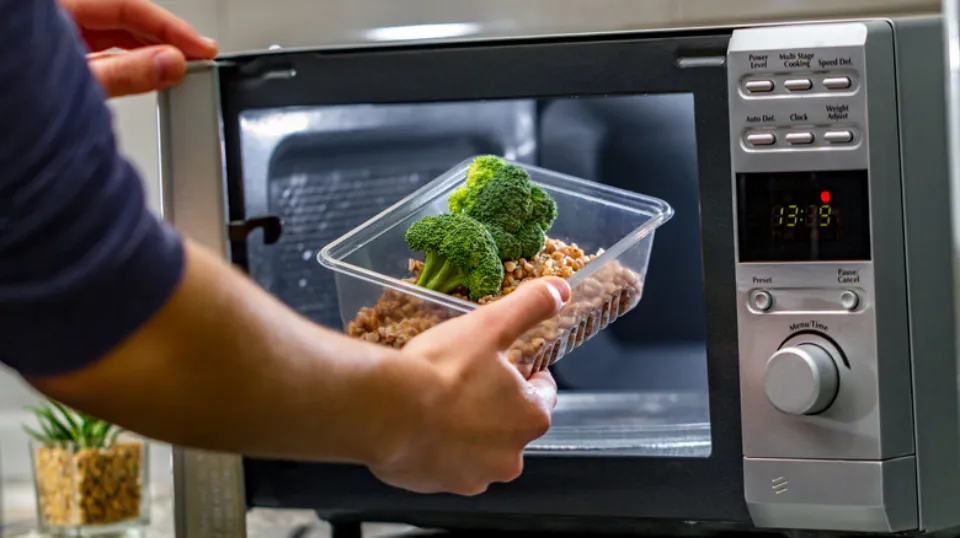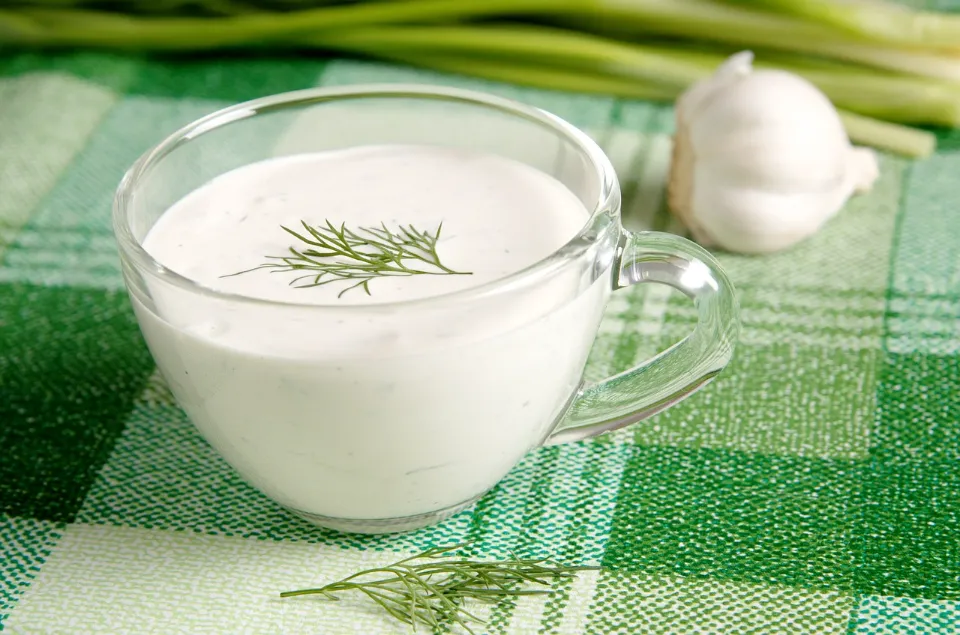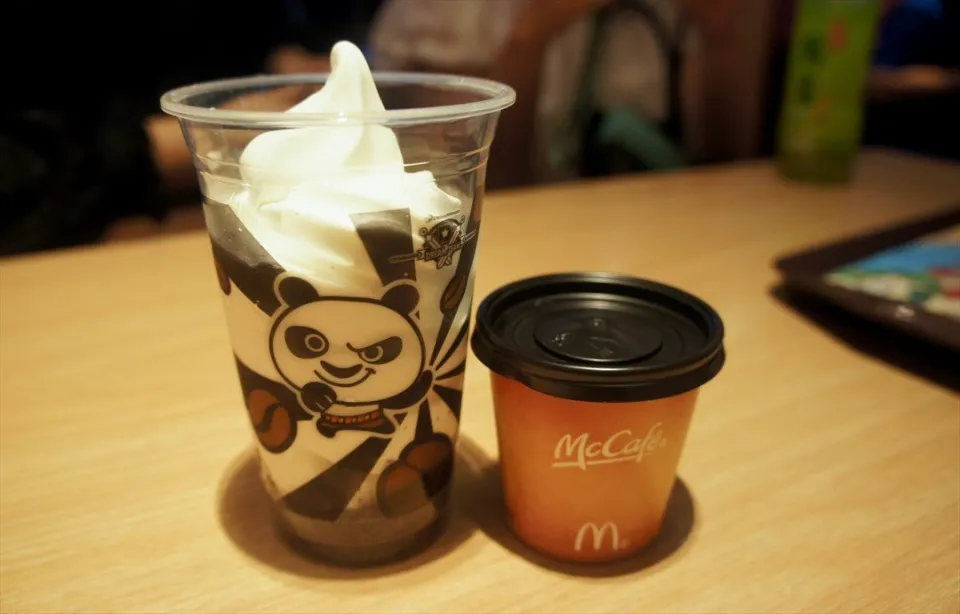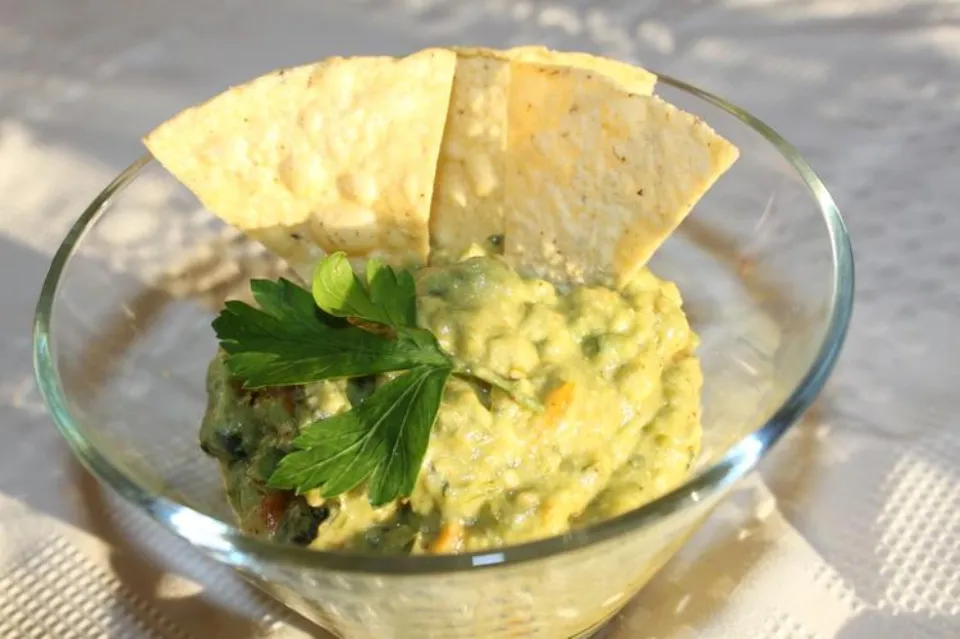Whether you’re a meal-prepper or simply a lover of leftovers, food storage containers are a staple in most Americans’ arsenal of home cooking tools. The majority of these are made of plastic and are the most prevalent, with many of them being marketed as microwave-safe or chemical-free. However, can they really be microwaved without harm? The solution is intricate.
You may microwave the plastic Tupperware if it is marked “microwave safe” or has an imprinted microwave symbol. Follow the manufacturer’s instructions on the label, though, to find out how long and at what temperature it can be heated for.
Are All Tupperware Products Microwave Safe?
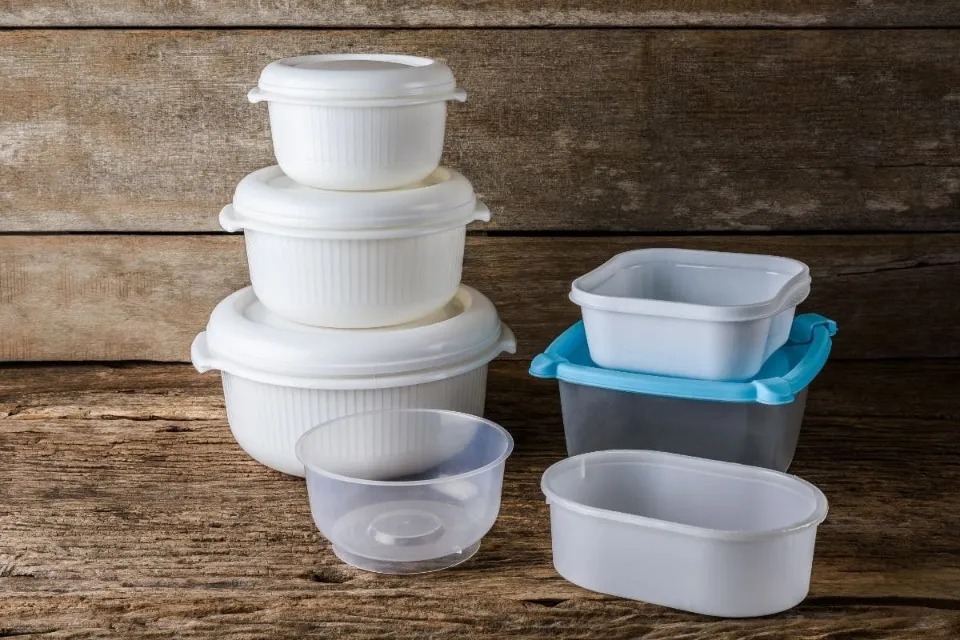
Plastic containers shouldn’t be microwaved due to the possibility of chemical compounds leaching into your food since all Tupperware products are not microwave safe.
Not all Tupperware containers can be heated in a microwave. The majority of plastic containers labeled “Tupperware,” and other brands that have become popular for microwaving will actually melt if they’re placed inside a microwave oven because they aren’t designed to be heated in the microwave.
You can also consult a Tupperware chart of plastic container safety to determine which one is secure. The materials and plastic number of Tupperware products will be listed; you should avoid plastics with the numbers 1, 3, 6, or 7. Number 2, 4, and 5 are safer plastics.
Also Read: How Does A Microwave Oven Work – Complete Guide to Use It in 2023
Are Plastic Containers Microwave Safe?
Plastic containers should not be microwaved as a general rule. The amount of risk associated with heating plastic varies depending on the type of plastic, but in order to avoid all possible negative repercussions on one’s health, it’s best to reheat in glass or ceramic as much as possible. Leaching—the transfer of chemicals (like phthalates and BPA) into the contents of containers, in this case, food—is more likely when plastic is heated, as it is in the microwave. When you eat food that has been heated in a plastic container, any chemicals that have leached out of the plastic are being put into your body. These substances can accumulate over a person’s lifetime and have a negative impact on their health.
What Does ‘Microwave Safe’ Even Mean?
The FDA does not regulate the term “microwave safe,” which means different companies use the phrase in different ways. When you see the term “microwave safe” in association with food storage containers, you can be certain that it means those containers will not warp or melt in the microwave. Beyond that, it’s best to conduct your own research regarding the type of plastic being used in storage sets that are marketed as microwave safe. The plastics marked with the numbers 2, 4, and 5 are more heat-resistant than other types of plastic, but there is still some risk involved. Never microwave or put through the dishwasher plastic containers marked with the numbers 1, 3, or 7. It’s also best to avoid using these plastics for food storage.
Check if the following Materials can be put in the microwave oven:
- Are Mason Jars Microwave Safe – Solved 2023 – Home Services Offers
- Can You Put Chinese Food Containers In The Microwave? – Home Services Offers
- Can You Put Aluminum Foil in the Microwave – Is It Safe to Use? – Home Services Offers
- Is Melamine Safe for the Microwave – How About Melamine Dishwasher – Home Services Offers
- Is Pyrex Safe In The Microwave – What to Pay Attention – Home Services Offers
- Can You Put Paper Plates in the Microwave – Is It Safe to Use? – Home Services Offers
What Does ‘BPA-Free’ Mean?
BPA stands for bisphenol A, which is a stabilizer used to make plastic harder. It is dangerous to consume because it is an endocrine disruptor, which can affect your body’s natural hormone production. Obviously, you don’t want this to contaminate your leftover pasta. If a plastic food storage container is labeled “BPA-Free,” you know that this particular stabilizer hasn’t been used in manufacturing the container. Phthalates, another frequently used stabilizer, are also endocrine disruptors and ought to be avoided at all costs.
Is Tupperware Microwave Safe?
Since 2010, BPA has been removed from every Tupperware product sold in the US, making them safer than before. However, if you’re using Tupperware containers that are older than that, it’s definitely worth considering disposing of those older containers and replacing them with newer, BPA- and phthalate-free containers — or simply opting for glass or ceramic lidded containers instead. Leaching is more likely to occur as a plastic container ages and is used more frequently.
Difference Between a Microwave Safe and Non-Microwave Safe Plastic Container
There are two main differences between microwave-safe plastic containers and those that aren’t safe for microwaving. One is the design and the kinds of plastic materials used, which will determine if it has been designed to withstand high temperatures from being heated in a microwave oven. The use of potentially harmful chemicals in the container makes another difference.
There are two types of plastic materials used in food packaging; good plastics can withstand the high heat from microwaving, while bad ones will lead to chemical leaching and other toxic effects that are not good for you. BPA is a common chemical to be concerned about.
The plastic hardener BPA, also known as bisphenol A, is present in a wide variety of plastic containers. This substance is known to be an endocrine disruptor and is associated with a number of health issues, including cardiovascular issues, problems with fertility, an increased risk of cancer, diabetes, and more.
Therefore, being labeled as microwaveable alone won’t make a container safe for use in the microwave; it also needs to be BPA-free. Use caution when using plastic Tupperware containers that are not marked on the bottom with a microwave-safe and BPA-free symbol.
Should You Microwave a Plastic Container With the Lid On?
If you’re going to microwave food in a plastic container, it’s best not to use the plastic lid. The internal temperature of a covered container is increased due to the concentration of steam that is created, which may cause more chemicals to leach into your food. The moisture that gathers on the lid in particular can be concentrated with any chemicals that are leaching out of the plastic. If the food needs to be covered, think about using a glass or ceramic plate as a loose fitting lid, or even cover the dish with a damp paper towel.
How Safe is Tupperware?
The Tupperware website claims that all of their product lines, including their food storage containers and cooking oil containers, are free of dangerous chemicals like BPA or polyethylene terephthalate. But is it true?
According to my research, even though Tupperware has sold BPA-free products in the US and Canada since March 2010, some of its food storage containers still use polycarbonate (plastic #7), which has been shown to cause BPA to leak into food after prolonged use.
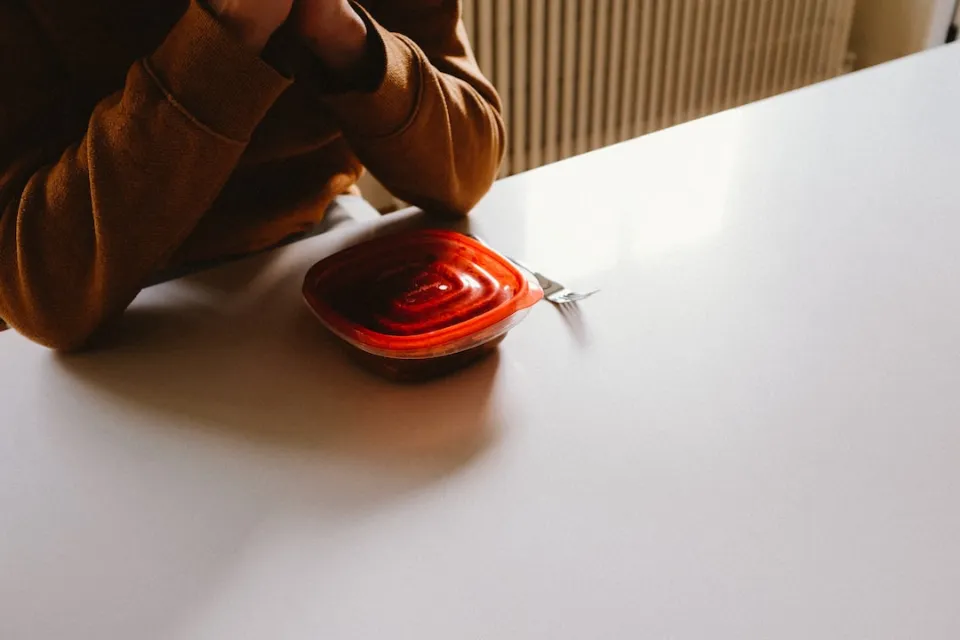
Can You Microwave Tupperware With a Lid On?
If you use a Tupperware container that is microwave-safe and has lids with specialized features like steam vents, you can microwave Tupperware with the lid on.This method of microwave cooking has the advantage of preventing spills and mess inside your microwave.
However, keep in mind that the vent needs to be opened before you microwave the Tupperware. By opening the vent, you can avoid having hot liquid spill out of your Tupperware and keep steam from accumulating inside the plastic, which could lead to a dangerous pressure buildup.
Tips for Microwaving Food in Plastic Containers
Plastic containers are a standard part of many of our lives – they’re super convenient for lots of reasons. There are steps you can take to reduce the risk if you do choose to use them for food storage and reheating.
Before putting food in a plastic container for storage, let it cool completely. As the food cools, the risk of prompt leaching is decreased. Avoid setting the microwave to run for longer than three minutes and try to use medium heat. To evenly distribute the heat and prevent extremely high temperatures, reheat food for one minute at a time while stirring in between. And glass containers are probably your best bet if you’re looking to swap out your current food storage containers for something more suitable for reheating food.
What Are Better Alternatives to Reheat Food Using Microwave?
There are many ways to reheat your food using other types of containers and the microwave. You need not be concerned about chemicals leaking into your food when using a glass or ceramic dish in the microwave, for instance. When it comes to reheating food, you can also use a toaster oven or stovetop.
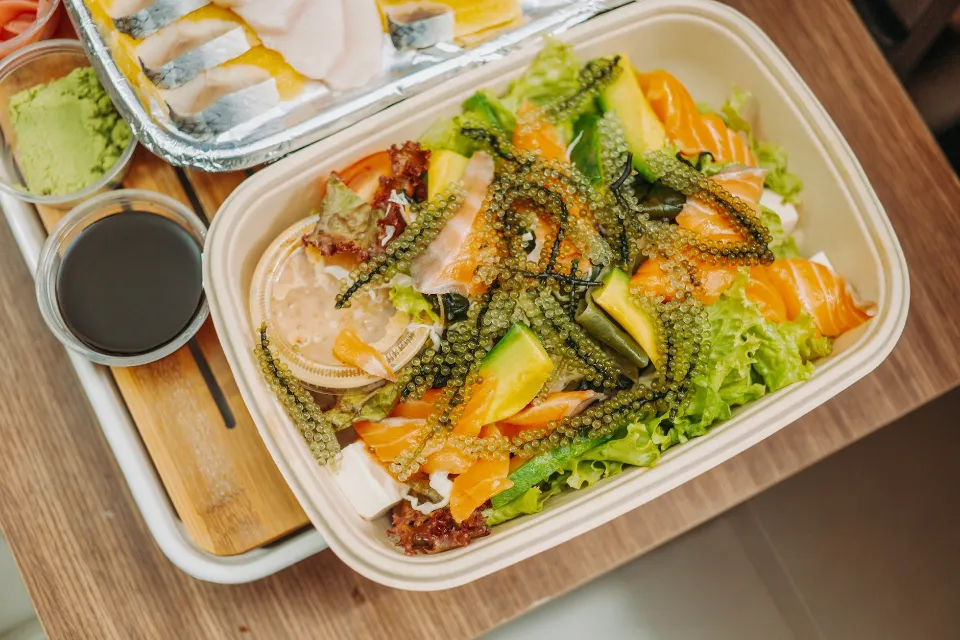
Final Thoughts
A well-known company with a long history is Tupperware. These flexible, easy to store and pretty containers are ideal in both the refrigerator and the freezer.
Vintage Tupperware should never be microwaved. Check first for the microwave-safe symbol of 3 to 5 wavy lines if you have any old Tupperware. Checking for numbers #2, #4, or #5 is an even better method because they signify safe plastics as opposed to #3, #6, or #7. Alternately, to avoid BPA, don’t use Tupper containers manufactured before 2010 March.
FAQs
Is It Safe to Reheat Tupperware?
Yes, microwaving Tupperware is considered safe as long as the containers are labeled “microwave-safe” by the manufacturer. containers that are not microwave-safe may leach chemicals into food when heated. It’s important to follow the manufacturer’s instructions when microwaving food in Tupperware.
What Containers Are Not Microwave Safe?
Never place anything in your microwave that is made of or contains steel, iron, copper, or any other hard metal. Metal surfaces reflect microwaves, which increases the heat inside the appliance and could lead to a fire.
What Plastic Cannot Be Microwaved?
In general, paper products, aluminium, polyethylene terephthalate (PETE), and polystyrene (PS) should never be used in the microwave. On the other hand, it’s usually ok to microwave things made of high-density polyethylene (HDPE), polypropylene (PP), molded fiber, and bagasse.
Check the following guides to learn what kind of materials can be put in the microwave!
